Scholars at AABHE Conference Discuss Strategic Responses to Anti-DEI Legislation
Diverse: Issues in Higher Education
MARCH 31, 2025
College and university administrators should be strategic about how they respond to government attempts to root out diversity, equity and inclusion initiatives (DEI) on campus. For instance, The center that Chancler directs was once known as The Center for Multiculturalism and Inclusivity. Now its just The Center.

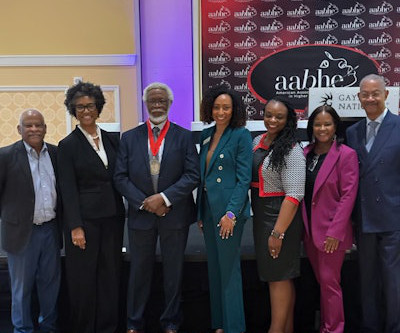


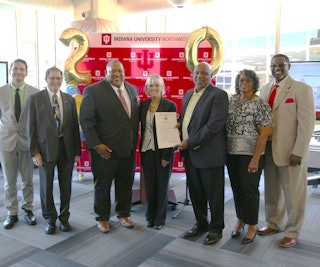
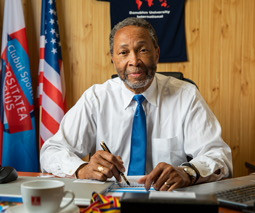
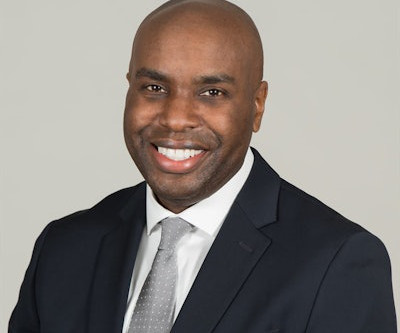

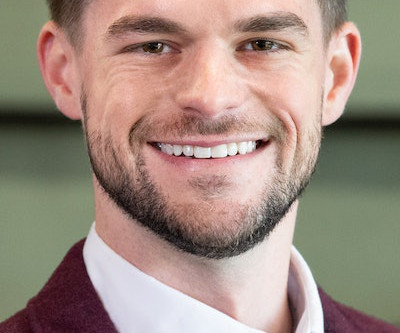
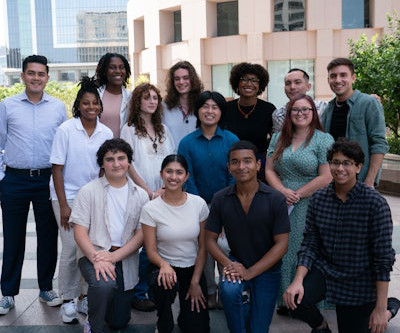
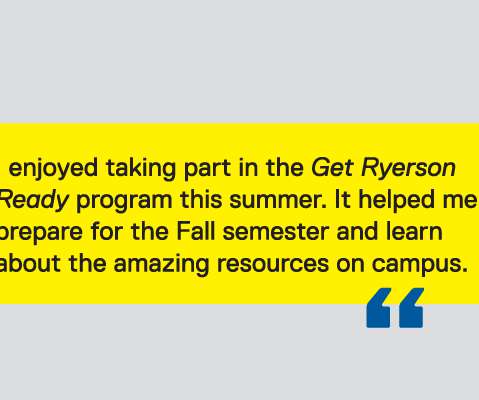









Let's personalize your content